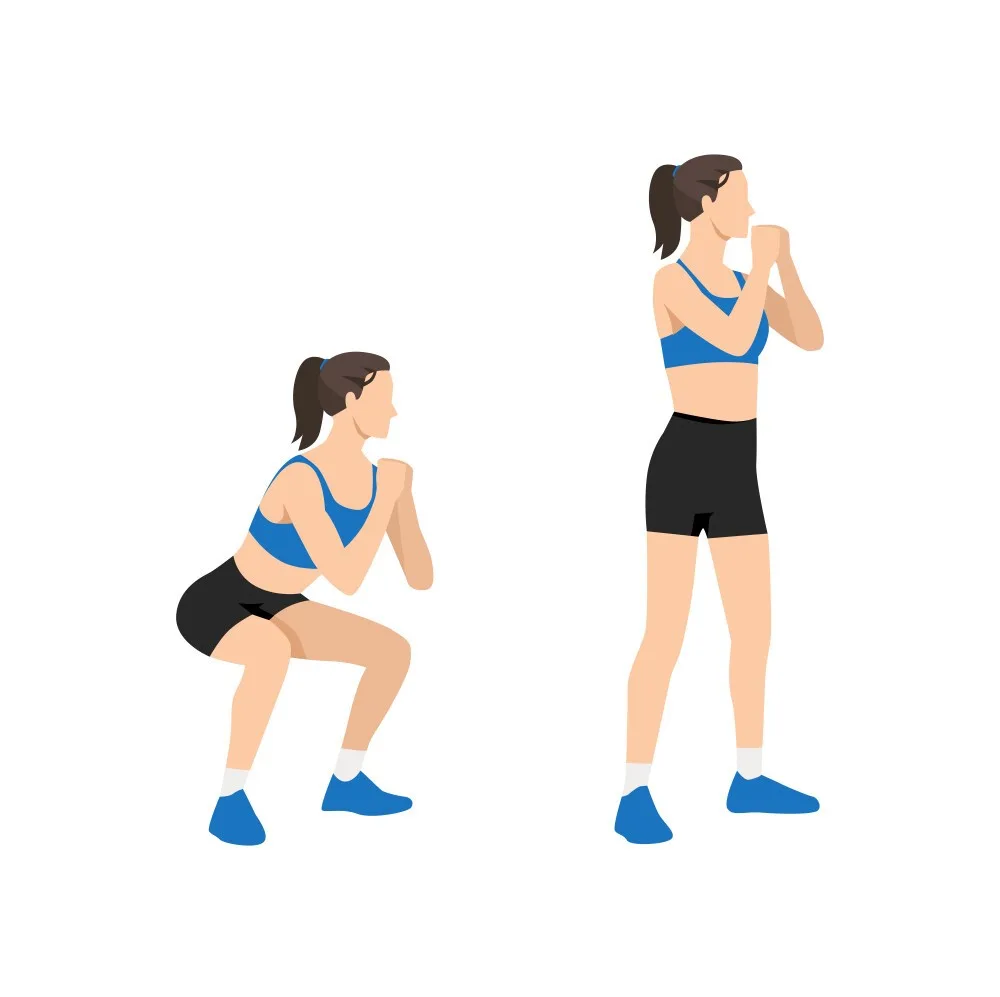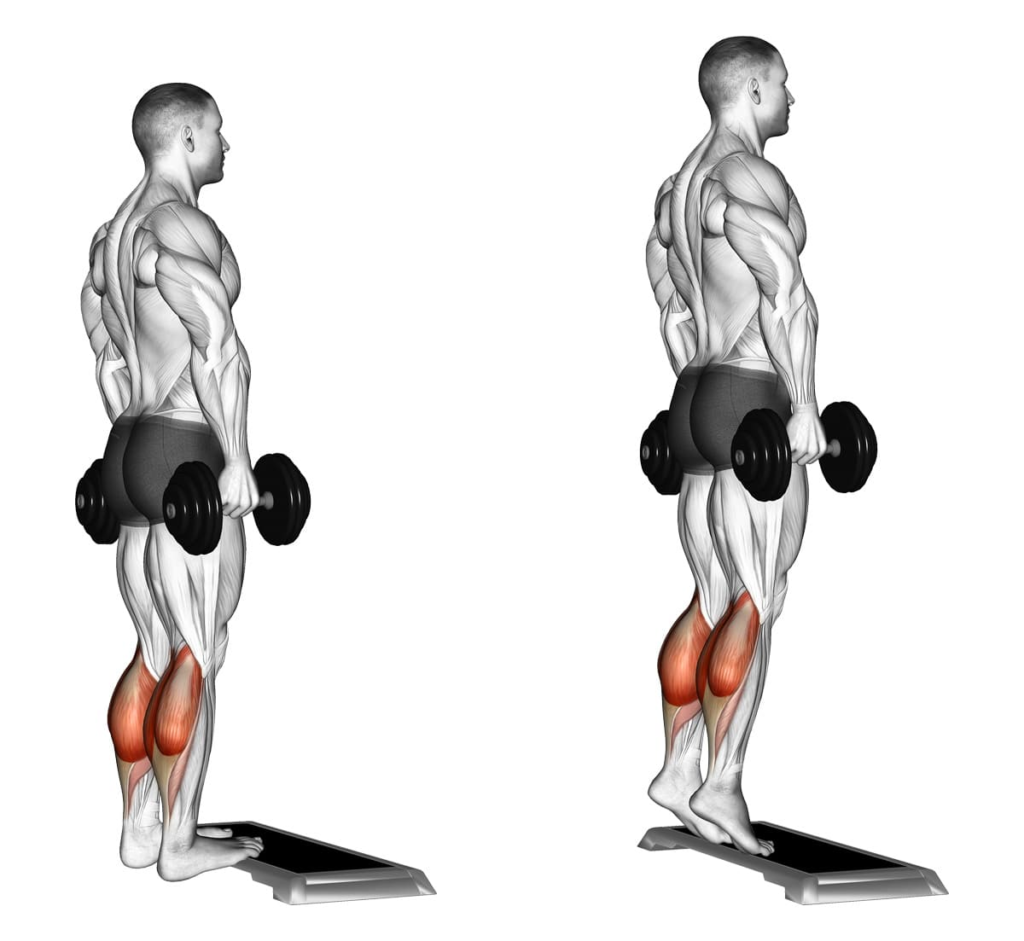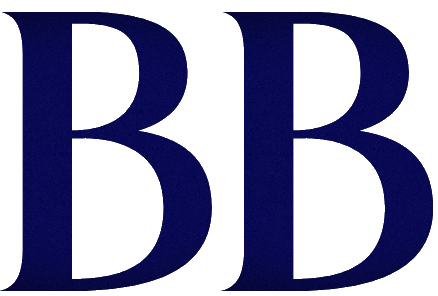If you are finding how to train your leg muscles at home without equipment. You are at the right place, You can do the exercises that are listed below to get muscular legs.
Exercises you can do at home with equipment
1. Bodyweight Squats
Bodyweight squats are a simple and effective exercise for developing elasticity in the legs and muscles. This simple but powerful exercise primarily targets your quads, hamstrings, and glutes. Keeping your body weight up, stand with your feet shoulder-width apart, bend your knees as if you were sitting in a chair, push your hips back to lower your body, and return to your spot to stand up. The beauty of bodyweight squats is their versatility.

Incorporating these squats into your routine will not only help build strength but also improve your overall health and mobility. A basic exercise, bodyweight squats aim to develop muscular balance and provide a strong foundation for everyone from beginners to fitness enthusiasts.
2. Jump Squats
Jump squats are a dynamic bodyweight exercise that works well on multiple muscle groups, making them a great addition to any workout. To perform the jump squat, start in a standing position and perform a regular squat by bending your knees and lowering your hips, then jump forward while extending your legs. Your landing should be soft and you should return to the squat position to complete one repetition.

This exercise targets your quads, hamstrings, glutes, and calves while strengthening your core muscles. Incorporating jump squats into your routine will not only help you build strength and endurance but will also improve your cardiovascular health through the exercise effort. Jump squats can also be modified to suit different fitness levels, making them versatile.
3. Single-Leg Squats
Single-leg squats, also known as pistol squats, are a challenging and effective lower-body exercise that targets various muscle groups. In this bodyweight movement, you balance on one leg while lowering your body into a deep squat position and then returning to the starting position. Single-leg squats primarily engage the quadriceps, hamstrings, and glutes, promoting strength, stability, and balance.

The exercise also activates the core muscles to maintain an upright posture throughout the movement. As a unilateral exercise, single-leg squats help address muscle imbalances between the left and right sides of the body. Incorporating this dynamic exercise into your workout routine not only enhances lower-body strength but also contributes to improved overall functional fitness and athletic performance.
4. Bulgarian Split Squats
The Bulgarian split squat is a great single-leg exercise that targets your quads, hamstrings, and glutes. This bodyweight or bodyweight exercise involves standing on a chair or platform with one foot in front of you and the other foot behind you. When you squat, your back is back, creating a deep stretch in your hip flexors.

The exercise requires balance, stability, and core support. Doing Bulgarian split squats will not only help you build lower body strength and size. It also improves your flexibility and balance. You can adjust the intensity based on your own physical strength by combining things like adding dumbbells or using different steps.
5. Box Squats
Box squats are a great exercise that targets the lower back muscles, particularly the quads, hamstrings, and glutes. This traditional squat variation involves lowering yourself into a seated position on a stable box or bench before rising back up. By incorporating a box into the movement, box squats provide a clear depth definition to ensure proper form and prevent hyperextension.

@image credit – Gympion
This exercise is beneficial for people looking to build strength, improve explosiveness, and improve overall lower body strength. Box squats are often recommended for athletes and fitness enthusiasts looking to strengthen their squat mechanics, making them more versatile for any targeted exercise for both legs.
6. Sumo Squats
Sumo squats are a variation of the traditional squat that targets a wider range of muscles, emphasizing the inner thighs, glutes, and hamstrings. In a sumo squat, the feet are positioned much wider than shoulder-width apart, with the toes turned outward. This stance engages the muscles differently, providing a unique challenge to the lower body. The wide stance places greater emphasis on the inner thighs, making it an excellent exercise for building strength in this often-neglected area.

Additionally, sumo squats promote hip flexibility and mobility. To perform a sumo squat, one should lower their body by bending at the hips and knees while keeping the back straight. Adding sumo squats to a workout routine can contribute to overall lower body strength and help achieve a more balanced muscle development.
7. Lunges
Lunge is a versatile and effective strength training exercise that targets multiple muscle groups, including the quadriceps, hamstrings, and glutes. To perform a lunge, step forward with one leg and lower your body until both knees form a 90-degree angle. The key is to keep your body straight and use your core for stability.

Lunges not only build strength but also improve balance and flexibility. Variations like reverse lunges and walking lunges add variety and intensity to your workout. Whether you’re a beginner or an experienced exerciser, incorporating it into your routine can go a long way in toning your legs and improving overall body health and strength.
8. Reverse Lunges
Reverse lunges are a dynamic lower-body exercise that targets multiple muscle groups, making them an effective addition to any workout routine. To perform a reverse lunge, step backward with one leg, lowering your body until both knees are bent at a 90-degree angle. This movement engages the quadriceps, hamstrings, and glutes, helping to strengthen and tone the muscles in the thighs and buttocks.

Unlike traditional lunges, the reverse variation places less stress on the knees, making it a suitable option for individuals with knee concerns. Incorporating reverse lunges into your fitness regimen not only enhances lower body strength but also improves balance and stability. To maximize the benefits, aim for 3 sets of 12 reps, gradually increasing intensity as your strength progresses.
9. Curtsy Lunges
A curtsy lunge is a dynamic lower-body exercise that effectively targets multiple muscle groups. In this movement, you start by standing with your feet hip-width apart and then stepping one foot diagonally behind you, crossing it behind the other leg in a curtsy-like motion. As you descend into the lunge, both knees begin, engaging your quadriceps, hamstrings, and glutes.

The curtsy lunge adds a unique element to traditional lunges by incorporating lateral movement, placing additional emphasis on the inner and outer thighs. This exercise not only strengthens the lower body but also challenges balance. curtsy lunges can help you build well-rounded leg muscles and enhance overall lower body strength and flexibility.
10. Calf Raises
Calf raises are a simple but effective exercise that specifically targets the calf muscles, made up of the gastrocnemius and soleus muscles. This exercise involves lifting your heels off the ground, often involving your leg muscles. Calf raises can be performed in several ways, including standing on a flat surface or an elevated surface to increase your range of motion.

As part of an overall workout, calf raises help strengthen and define your calf muscles, helping to improve your lower back and overall athletic performance. Incorporating calf raises into your daily routine, variations such as single leg raises, or incorporating them into bodyweight exercises can help you develop sculpted, efficient legs.
11. Leg Raises
Leg raises are a bodyweight exercise that primarily works your abdominal muscles and helps strengthen your hip flexors. To raise your legs, lie on your back with your hands under your hips for support. Lift both legs off the floor, straighten them, and bring them back to the ceiling without bending your knees.

Lower your legs back without touching the floor, engaging your abdominal muscles during the exercise. Leg raises promote stability, strengthen the abdominal muscles, and can be adjusted to accommodate different levels of difficulty by adjusting the range of motion. Incorporating movement into your workout can improve your overall strength and stability.
Follow Us On Instagram Follow Us On XAlso Read: Weight Loss Journey: Understanding The 3-8-3 Rules


[…] Also read: Train Your Leg Muscles at Home: The Secret Way […]